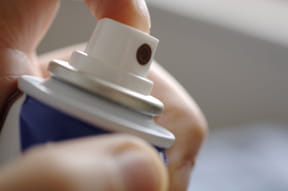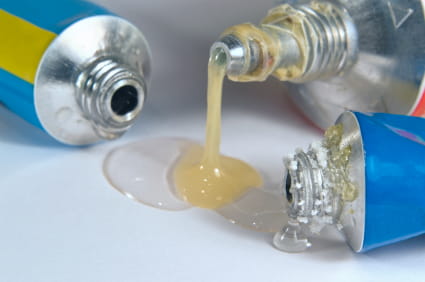Inhalant Abuse - New Study Findings Teens Abused More than 3,400 Products

The Bottom Line
Most inhalant abusers, though not all, are in their teens. Thousands of household products have been abused by inhalation. Only 25 percent of inhalant abusers treated in emergency room had no effects; many others suffered serious effects or died.

The Full Story
Over a fifteen-year period, teens in the U.S. abused more than 3,400 different products by inhaling them. Researchers at Poison Control found that butane, propane, and air fresheners had the highest fatality rates. The peak age of inhalant abusers was 14 years old.
A recent study included 35,453 inhalant abuse cases. The age range was from 6 to more than 50 years old, though most abusers were in their teens. Boys accounted for 73.5% of cases. Most patients were treated in an emergency room. Of those with known outcomes, 208 died and more than 1,000 experienced life-threatening or permanently disabling illnesses. Only 25 percent of cases had no effects at all.
The most commonly abused substances were propellants, especially aerosol dusters (e.g. computer keyboard and electronics sprays), followed by gasoline and paint. Other products ranged from hair spray and spray deodorant to glue, typewriter correction fluid, and carburetor cleaner.
There are implicit messages for parents in these findings:
- When teaching children to avoid drugs, tobacco, and alcohol, also teach them about inhalants.
- Monitor the use of household products. Are they in the right place? Are there lots of empties? Do you find solvent-soaked rags and smelly plastic bags?
- Monitor children for signs of inhalant abuse, such as irritation around the mouth and nose and solvent odors on breath and clothing.
Rose Ann Gould Soloway, RN, BSN, MSEd, DABAT emerita
Clinical Toxicologist
For More Information
Parents Need to Know about Inhalant Abuse (The Poison Post®)
